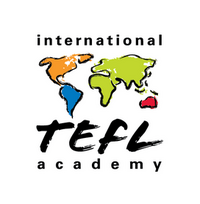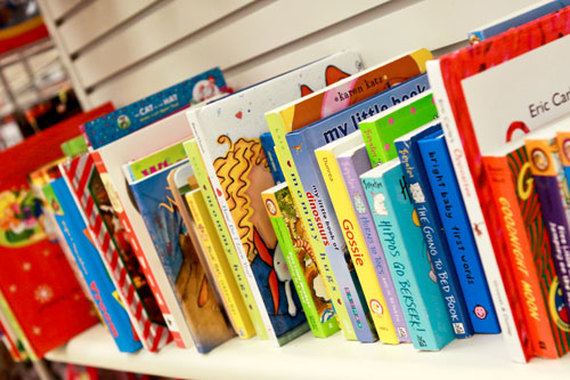

Ladson-Billings (1994) defines culturally responsive teaching as the understanding of the importance of including students' cultural references in all aspects of student learning. According to Hawley and Wolf (2011), Culturally Relevant Pedagogy refers to the need for schools and teachers to meet the needs of their racially and ethnically diverse student populations. When a learning institution has a student body that is made up of a variety of races, cultures, religions and social classes, it's important that the policies and practices of the school facilitate the learning of all of these students, not just a select few. As Hawley and Wolf stated, it shows a commitment to respect the values, the differences and the strengths of these diverse groups.
All students should be able to see peers of their race, culture, religion or social class in positions of leadership in order to feel more connected and respected. In addition to public displays around the school and the events sponsored by the school, the school's diverse population should be represented in all of the school's activities. School policies shouldn't limit student involvement in these activities. Although there has to be policies in place to keep students' studies equally as important as extracurricular activities, schools should reflect on these policies to see if they are preventing certain student groups from being involved.
Hawley and Wolf also recommend that schools have a process in place to discuss and address any issues that may arise due to race and ethnicity. These may be issues of discrimination, ineffective practices or interpersonal conflict. Unfortunately these issues often make school staff and teachers uncomfortable which causes them to distance themselves from the issue or even deny that there is an issue. Therefore, it's important for all educators to be aware of their biases and to be open to dialogue about concerns.
As Ford (2014) expressed the importance of our learners being exposed to both "mirror" and "window" cultural experiences in the classroom, using appropriate texts that provide multiple views and experiences to both enlighten and empower students of all backgrounds is necessary. All students use a different frame of reference, based on cultural and diverse context, to connect to the content of our classrooms, and we must consider and validate those differences (Chenowith, 2014). As leaders who promote culturally relevant school culture, we need to accept the complexities of our student population and not reduce our students to stereotypes or make assumptions (Fraise & Brooks, 2015). By focusing on academic and non-academic success and helping students understand themselves, we are creating leaders.

The materials we use must be culturally scaffolded and create a community that views differences as strengths and resources. According to Dam (2017), culturally relevant books should use authentic language and be relevant to the students' life experiences. Harper & Brand (2010) add that in addition to the normal criteria for good literature, the books should challenge stereotypes and biases. They should help students consider other perspectives and values and provide models for challenging the unfairness they see in the world. It's important that the story is relatable for all students, not just a portion of the class. The changing, multicultural society we live in should be thoroughly and correctly reflected visually and in content. The content of the text should be compared to other research and texts about the same culture to measure the standard of acceptance on the ideas presented.
Wherever you are teaching in the world, we must consider who are students are and how we effectively meet their diverse needs. Want to learn more about meeting your students' needs? Sign up for one of our 4-week TEFL trainings in Costa Rica!

References
Chenowith, N. H. (2014). Culturally responsive pedagogy and cultural scaffolding in literacy education. Ohio Reading Teacher, 44(1), 35-40.
Dam, L. (2017). Culturally Relevant Books.
Fraise, N., & Brooks, J. S. (2015). Toward a theory of culturally relevant leadership for school-community culture. International Journal of Multicultural Education, 17(1), 6-21.
Harper, L. J., & Brand, S. T. (2010). More alike than different: Promoting respect through multicultural books and literacy strategies. Childhood Education, 86(4), 224-233.
Hawley, W & Wolf, R. (2011). Diversity Responsive Schools. The Southern Poverty Law Center.
Ladson-Billings, G. (1994). The dreamkeepers. San Francisco: Jossey-Bass Publishing Co.

